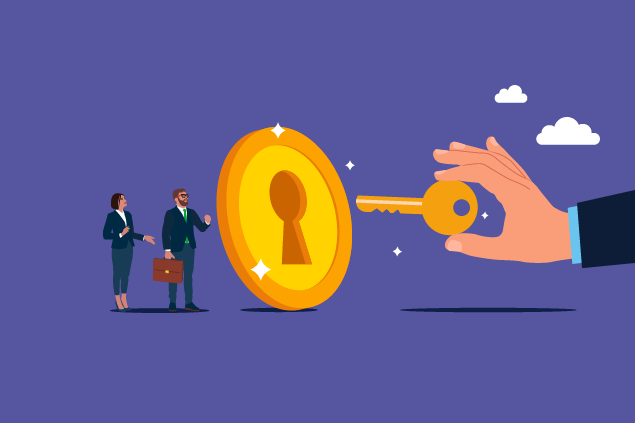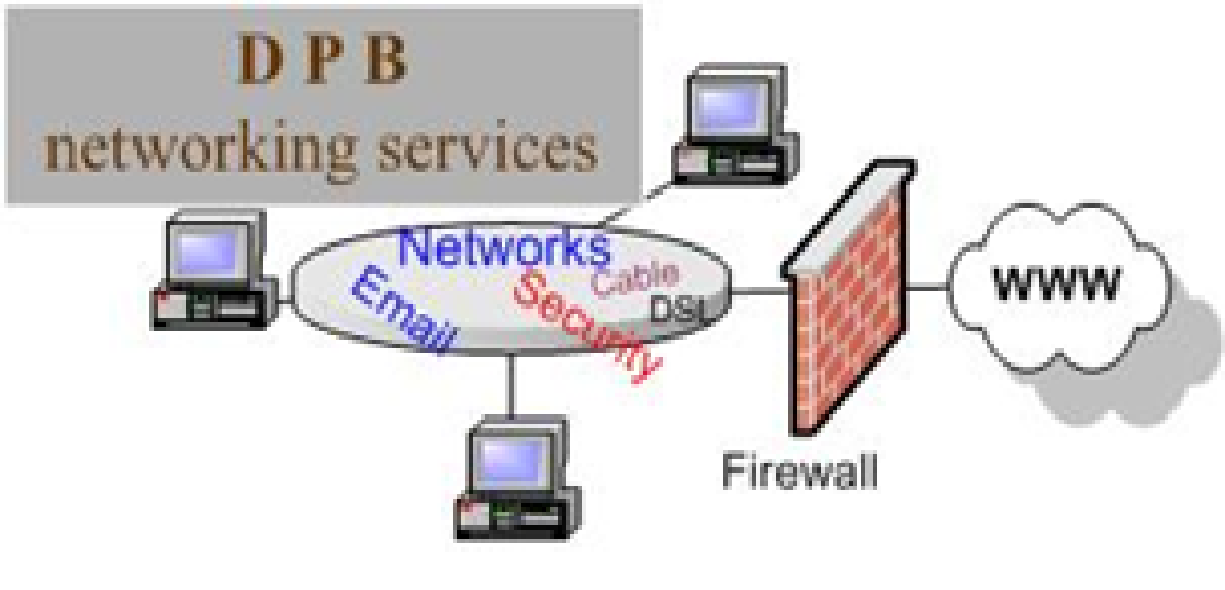A recent report by Thomson Reuters Peer Monitor examined the relationship between rate increases and revenue growth. Surprisingly, the outcome was not what you would probably expect. As pointed out in the study, most attorneys prescribe to the basic premise that a combination of increased rates and increased billed hours will result in higher revenues. It makes perfect sense. If you bill more and charge more, you will earn more. But study researchers noticed a trend that suggested a different conclusion. Their data showed that law firms with smaller rate increases were experiencing higher revenue growth when compared to firms with larger rate increases.
The Demand Effect
The report looked at demand and rate increases among Am Law 100 firms, Am Law Second 100 firms, and mid-sized firms.
Mid-sized firms
- While the percentage of rate increase for these firms continuously declined between 2014 and 2016, the demand for their services increased between the same years.
Am Law Second 100 firms
- These firms showed a steady growth in their percentage of rate increases between 2014 and 2016. Yet, the demand for their services decreased in 2015 and 2016.
Am Law 100 firms
- Between 2014 and 2025, the average rate growth declined significantly, while demand increased. In the first few months of 2016, rate growth began increasing again, while demand decreased.
If you are anything like me, you look at this data with little surprise. Large rate hikes result in lower demand, while smaller rate hikes result in a higher level of demand. But does this higher demand translate into higher revenue? Under the traditional view, you would expect the firms with the larger rate increases to come out on top in the revenue race, even though their demand decreased. You’ve likely been taught to believe that the higher rates will more than make up for the decreased demand.
The Peer Monitor study turns this traditional view on its head. The mid-sized firms, with smaller rate increases earned more revenue than their larger counterparts. As determined by the study, firms with a rate increase higher than 2.7% saw average growth of 2.4%. However, firms with rate increases lower than 2.7% saw average growth of 3.2%.
What does this mean for you and your practice?
I have no concrete answers for you. This is simply food for thought. Every firm is different and there are numerous elements at play when determining the appropriateness of a rate increase. One thing I can say for sure, a comprehensive legal billing software provides you with the data and numbers you need to make the best decision. With TimeSolv’s time tracking and legal billing platform, detailed earnings reports are at your fingertips. Click here to explore all the ways TimeSolv helps you manage your firm and increase your earnings.
About Erika Winston:
Erika Winston is a Virginia based writer with a passion for all things legal. As a former domestic relations attorney, she understands the challenge of determining the best fee structure for your practice. Erika is a regular contributor to TimeSolv and a variety of other publications.
















